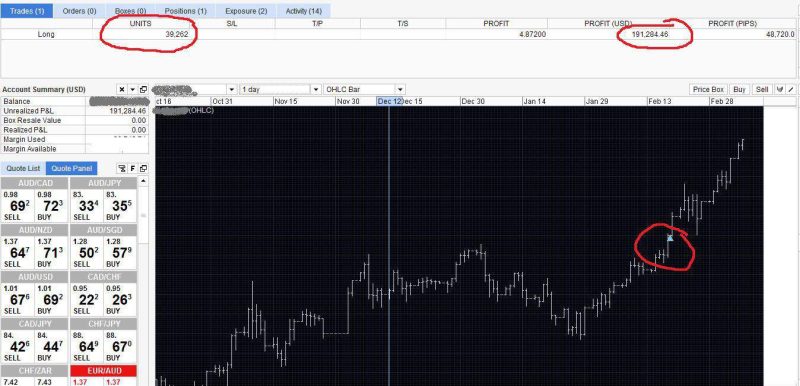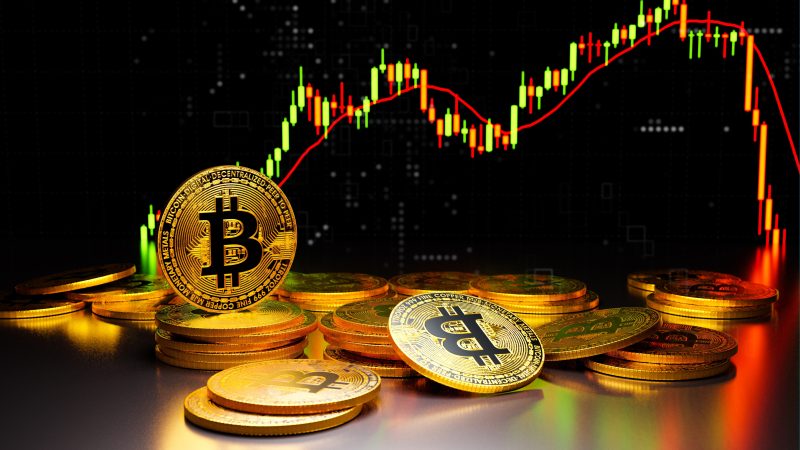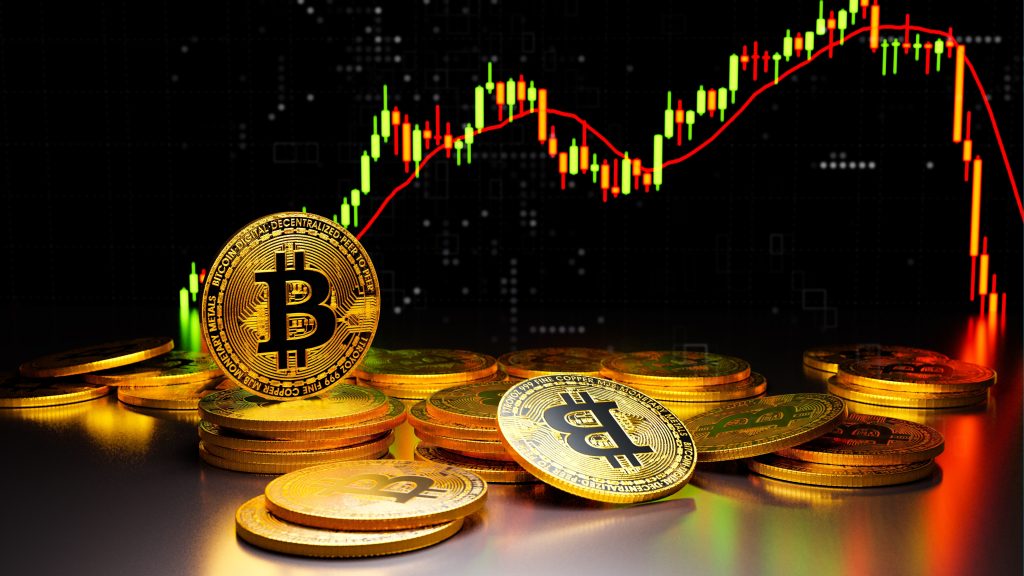In the financial markets, automated robot trading has become a transformational force that is changing how strategies are put into practice, and trades are carried out. This article examines the advantages and disadvantages of automated forex robot trading in the context of its rising acceptance and the considerations that investors need to make. We will give a thorough grasp of this potent instrument by examining real-world applications, case studies, and best practices for installation and oversight.
Automated Forex Robot Trading Definition
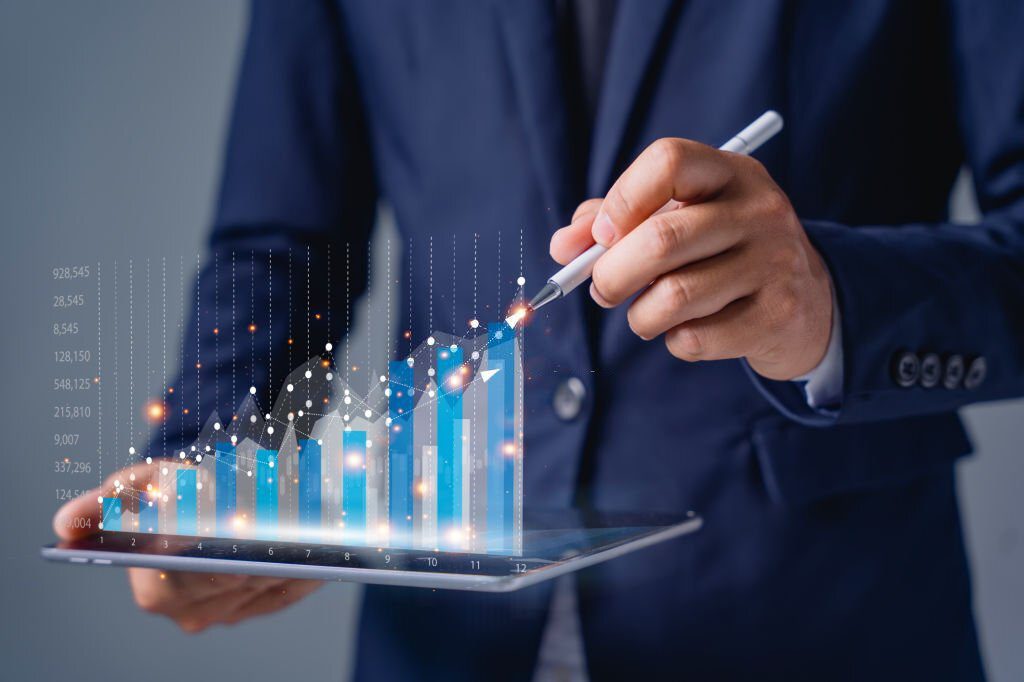
The process of conducting transactions in the financial markets using computer algorithms is known as automated forex robot trading, sometimes known as algorithmic trading or black-box trading. These algorithms can examine market data, spot trading opportunities, and place profitable trades with little to no human involvement since they are programmed to adhere to predetermined rules and guidelines. Market participants can benefit from cutting-edge technology and data analysis to make faster and more accurate trading decisions by automating the trading process.
Also Read: How to Make Money with Automated Trading
The Advantages of Automated Robot Trading
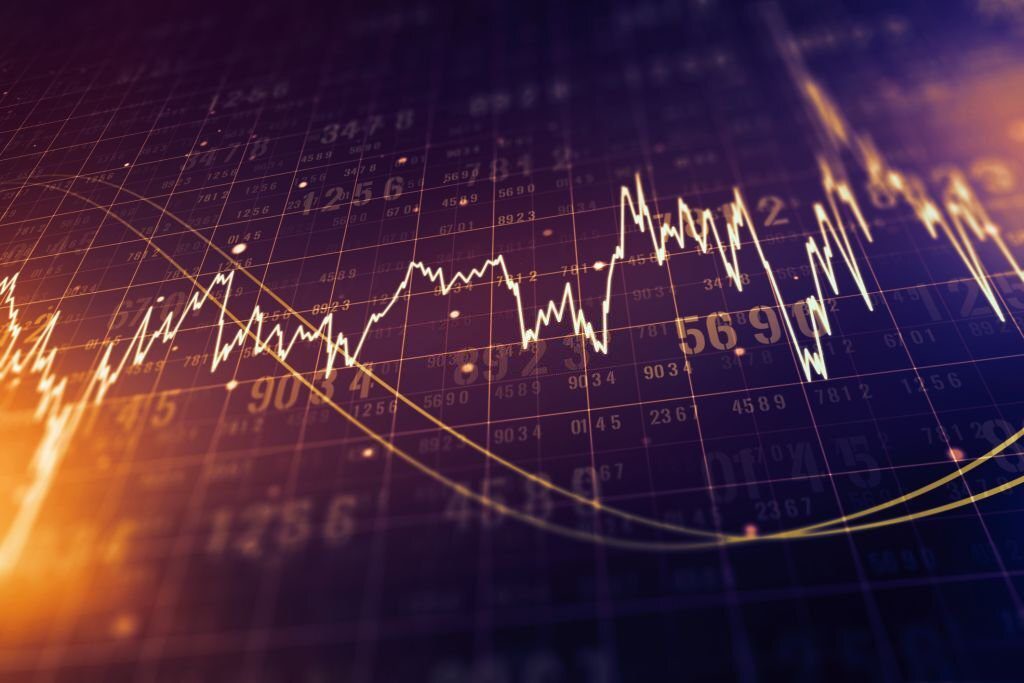
Improved Trade Execution Efficiency and Speed
The capacity of automated robot trading to do away with human error and emotional biases is one of its main benefits. Human traders are prone to errors because of exhaustion, distractions, or emotionally driven, irrational decision-making. Contrarily, algorithms carry out trades in accordance with pre-established criteria and parameters, guaranteeing precision and consistency. Additionally, automated systems are able to respond instantly to changes in the market, placing deals at the best prices and seizing opportunities that human traders might otherwise miss.
Increased Market Liquidity and Decreased Ask-Bid Spreads
Automated robot trading platforms help keep financial markets continuously liquid. These systems guarantee that there is always a market for assets by continuously providing buy and sell orders, hence boosting total liquidity. As a result, the disparity between the greatest price a buyer is ready to pay and the lowest price a seller is willing to accept decreases, known as the bid-ask spread. It is advantageous for both buyers and sellers when bid-ask spreads are smaller because market participants may execute profitable trades more affordably.
Having Access to Sophisticated Trading Techniques and Data Analysis
Access to advanced trading methods that could be difficult for human traders to apply is made possible by automated robot trading. These techniques frequently need intricate calculations and extensive dataset analysis. Massive amounts of market data may be processed rapidly and effectively by algorithms, which look for trends and signals that might point to successful trading possibilities. Automated robot trading systems can unearth hidden insights and carry out trades based on data-driven decision-making by applying complex algorithms and machine-learning approaches.
Improved Trade Diversification and Risk Management
A crucial component of every trading strategy is risk control. The use of stop-loss orders and other predetermined risk factors can be facilitated by automated robot trading systems. Algorithms can be programmed with these risk management methods for fast and accurate execution. Additionally, automated robot trading systems enable transaction diversification by executing deals across various markets concurrently. Traders can lessen their risk of exposure to the volatility of a single market by spreading their investments over a variety of asset classes and markets.
Automated Trading's Limitations
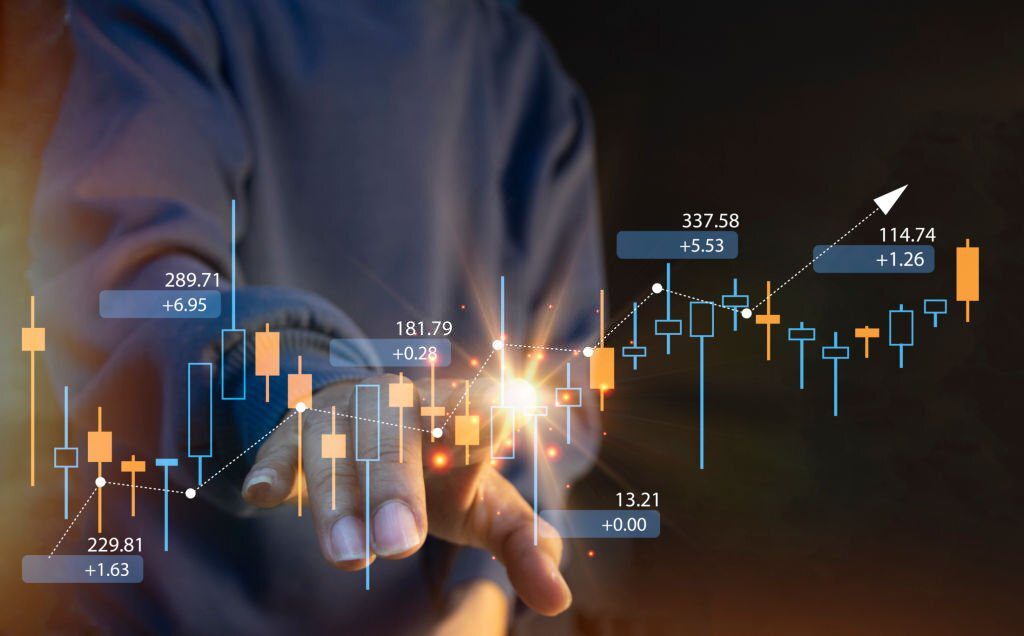
Technical Risks and System Failures
Internet connections that are dependable and steady are essential for a forex trading bot. Any interruptions or outages can hinder trade execution, resulting in lost opportunities or unexpected outcomes. Furthermore, software bugs or hardware issues can happen, sometimes leading to incorrect trades or system breakdowns of a forex trading bot. To reduce these technical risks, traders who use such forex trading bots must have a solid infrastructure and backup procedures in place.
Data Mining Bias and Over-Optimization
The potential for over-optimization and bias in data mining is one of the difficulties of automated trading. When trading techniques are excessively tailored to historical data, it is known as over-optimization. This issue leads to subpar performance in real-time market conditions. Algorithms risk failing to adjust to changing market dynamics if they fit plans too closely to historical data. It is imperative to establish a balance between absorbing past data and allowing the system to adapt to changing market conditions to prevent overfitting and data mining biases.
Lack of Human Judgment and Intuition
Forex trading robots lack human judgment and common sense, which in some trading scenarios might be advantageous. Unexpected occurrences or unique circumstances on the market could necessitate using judgment and making decisions. Human traders may successfully navigate such situations using their expertise, experience, and intuition. Furthermore, emotions play a significant role in the decision-making process in trading, and forex trading robots cannot replicate these emotional aspects of trading. Feelings like fear, greed, and intuition can occasionally produce insights or caution that forex trading robots overlook. It is essential to strike a balance between automated trading and human judgment to allow for human involvement when assessing and responding to specific market situations is necessary.
Legal and Regulatory Considerations
Algorithmic trading raises regulatory and legal difficulties that traders must navigate. Market authorities have developed rules and regulations to encourage fair and orderly market operations. These guidelines, which cover risk management and reporting requirements, must be followed by anyone using an automated trading system. Additionally, algorithmic trading carries inherent risks that need to be closely watched and managed in order to prevent abuses like market manipulation or unanticipated consequences.
Real-World Case Studies and Examples

Case Studies of Successful Automated Forex Trading
Quantitative hedge funds have used automated forex trading tactics to generate impressive returns. These funds use sophisticated algorithms to examine market data, spot patterns, and carry out profitable trades in accordance with predetermined guidelines. For many hedge funds, the capacity of these algorithms to quickly process enormous amounts of data and respond to changing market conditions has led to exceptional results.
High-frequency trading (HFT) companies have had success with automated forex trading as well. To execute trades quickly, these organizations make use of sophisticated algorithms and strong computing infrastructure. HFT firms offer liquidity to the market and take advantage of minute price differences by utilizing their advanced techniques and technology infrastructure, frequently in a matter of microseconds.
Automated Trading Mistakes and Problems
Trading that is automated has its share of difficulties and failures. The unexpected and severe market disruptions known as “flash crashes” have sparked worries about the possible perils of automated forex trading. These occurrences can happen when algorithms intensify market fluctuations or use aggressive forex trading techniques, which causes extremely high price volatility. Furthermore, malicious algorithms that display unanticipated behaviors or faults run the risk of causing big financial losses or market disruptions.
Best Practices for Automated Trading

Robust System Design and Infrastructure
Traders should set up reliable system designs and infrastructure to reduce technological hazards. This includes hardware and software redundancy measures, which make sure backup systems are in place to lessen the effect of unexpected failures. Regular monitoring and maintenance are essential for seeing and fixing any problems as soon as they arise to preserve the dependability and performance of the automated forex trading system.
Intensive Back Testing and Validation
Before employing an automated trading strategy, careful back testing and validation are required. In order to assess the efficiency and stability of the trading strategy, back testing simulates historical data. Sensitivity analysis and stress testing should be done to determine how the system will respond in the worst-case scenarios and different market situations. Before being employed in actual trading, this approach enables the forex trading technique to be examined for any shortcomings or limitations.
Constant Monitoring and Human Oversight
Although automated trading systems like a forex trading robot can operate on their own, constant oversight and human control are necessary. When prompt intervention is required, active surveillance facilitates the identification of anomalies or irregularities in trading activity. In order to ensure that the system performs as expected and complies with regulations, human forex traders need to monitor system performance. This ongoing observation makes it simpler to identify any deviations from expected results and permits rapid changes or corrective actions.
Continuous Improvement and Modification
The financial markets are dynamic and always changing. The effectiveness of forex trading robots must be continuously improved. Trading algorithms and risk settings should be regularly updated to aid in performance optimization and ensure alignment with changing market conditions. Fresh market insights, technology advancements, and strategy modifications based on shifting trends are essential to staying ahead in the rapidly evolving financial scene.
Conclusion
Increased efficiency, higher liquidity, accessibility to sophisticated methods, and improved risk management are just a few benefits of automated trading. The risks and shortcomings of this strategy must be understood, though. Dealing with technical risks, biases in data mining, the lack of human intuition and judgment, and regulatory constraints requires vigilance.
For automated forex trading to be successful, implementation and oversight must be successful. The most effective forex trading strategies ought to prioritize solid system development, thorough back testing, continual supervision, and regular adaptation. By implementing these recommendations, market participants can benefit from automated trading benefits while lowering risks and enhancing performance.
As technology advances, automated forex trading has incredible promise. Artificial intelligence and machine learning will be more and more incorporated into trading algorithms and techniques. To ensure that moral and ethical behavior prevails, finding a balance between automation and human judgment is imperative.
As the automated trading landscape changes, market participants, regulators, and technology providers must continue their research, develop novel ideas, and work together. Automated forex trading needs to actively promote openness, accountability, and moral conduct in order to maintain trust and integrity in the financial markets.
In conclusion, automatic trading has many benefits but also dangers and disadvantages. The regulatory implications, technological difficulties, data biases, and lack of human judgment connected with automated trading must all be appropriately taken into account by forex traders. Market participants can maximize the positive effects of automated trading while reducing any potential drawbacks by using best practices, evaluating performance, and continuously adjusting to market changes. Automated trading has promising future potential, but achieving such potential while maintaining market stability and integrity will need cautious implementation.
FAQS
Can forex trading that is automated be profitable?
If developed and handled properly, automated forex trading can be profitable. Automated trading techniques' performance is influenced by a number of variables, including the effectiveness of the trading algorithms, strong risk management, the state of the market, and constant modification and adaptation. It is significant to remember that there is always a risk of financial loss and that no trading method, including automated trading, ensures profits.
Can a part-time forex trader or investor employ automatic trading?
Yes, part-time forex traders and investors may benefit from automated trading. Once your forex trading algorithms have been created and validated, automated trading systems can place transactions on your behalf, freeing up your time for other pursuits. The effectiveness of your automated techniques must be constantly monitored, and any necessary improvements must be made.
What starting capital is required for automatic forex trading?
Several variables, like the forex trading methods you intend to use, your risk tolerance, and the costs associated with the forex trading platform or services you use, will affect the amount of capital required to begin automated forex trading. It is important starting with a sum you feel comfortable putting at risk and then progressively grow your cash as you achieve proficiency with automatic trading.
Are all sorts of marketplaces acceptable for automated trading?
Stock, futures, options, and foreign exchange markets, among others, can all use automated forex trading. To meet the characteristics and movements of the particular market you desire to trade in. You must modify your forex trading methods and algorithms. When creating your automated forex trading strategy, you should take into account that different markets may have various amounts of liquidity, volatility, and trading hours.





